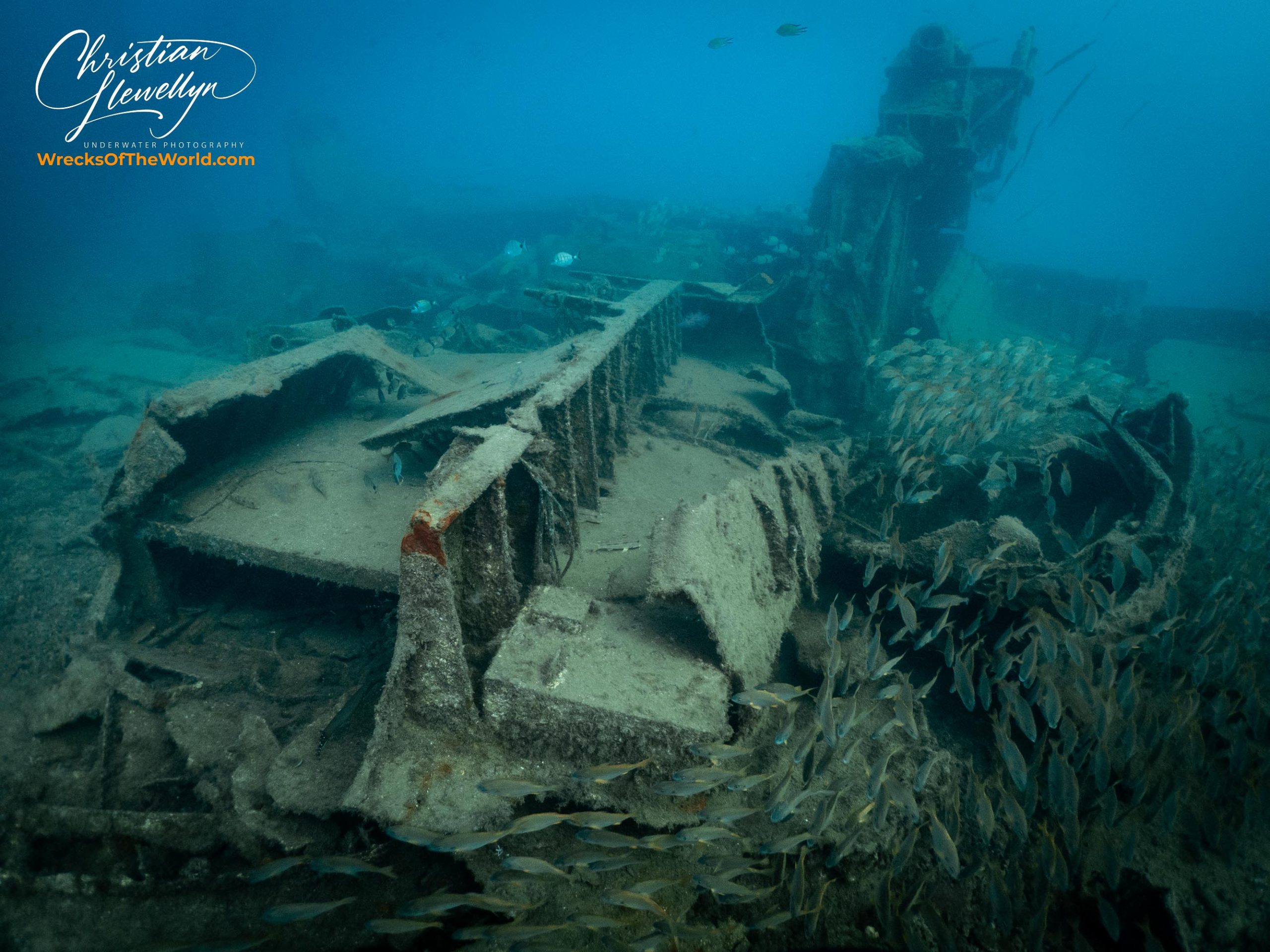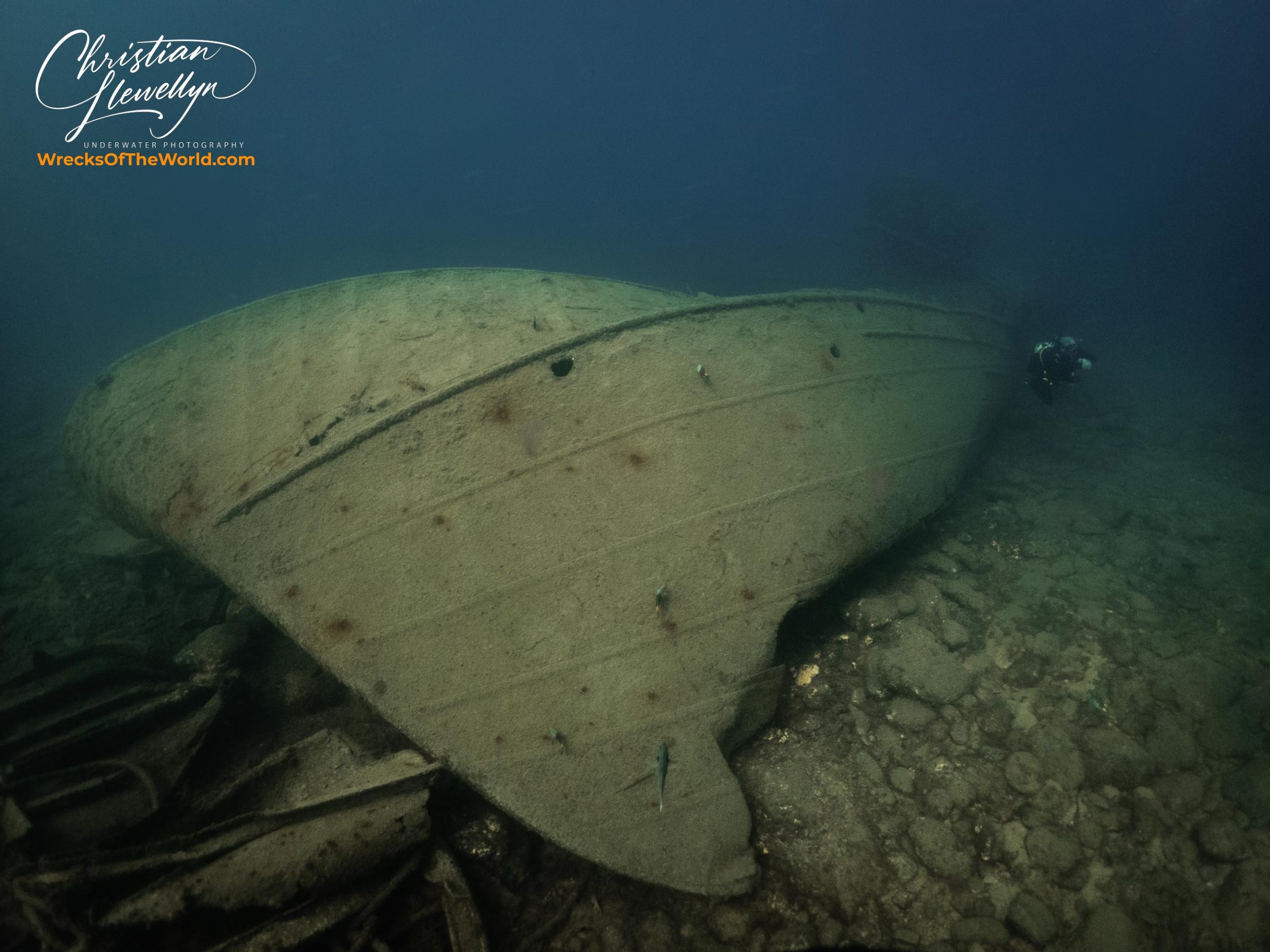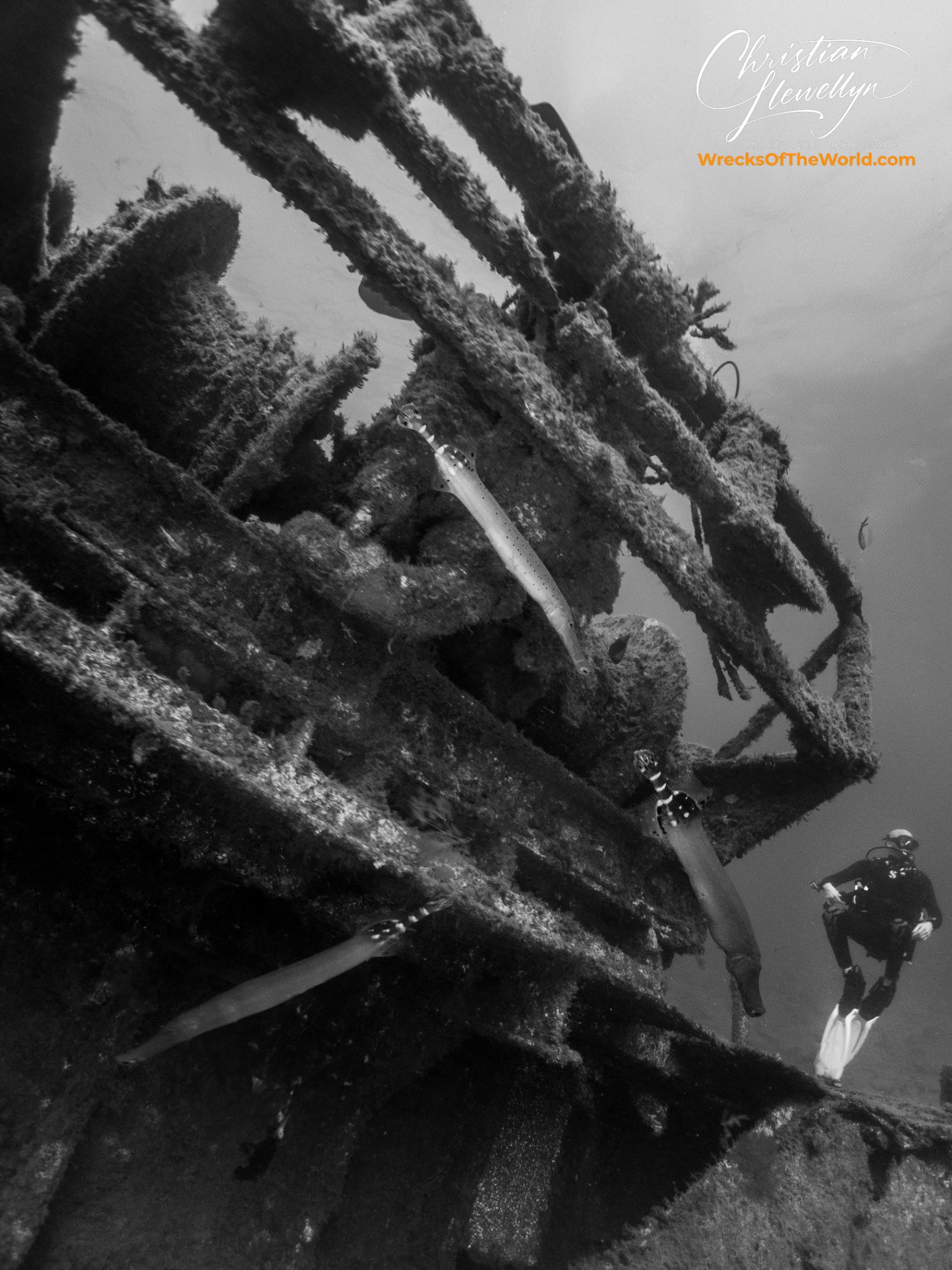Cermona II Gran Canaria: Teeming with Life – Dont Miss It!
- Written:
- By Christian Llewellyn
Some of the links on this page may be affiliate links. If you click on them and make a purchase, we may earn a small commission at no extra cost to you. This helps us continue our work—thank you for your support!
Introduction to the Cermona II wreck
Located just off the coast of Mogán in Gran Canaria, the Cermona II wreck offers an exceptional dive experience steeped in both ecological value and diving allure. Originally a fishing boat, this 32-meter long vessel was intentionally sunk in March 2002 to facilitate artificial reef formation and augment marine biodiversity. Today, the Cermona II is a prime destination for divers and underwater photographers eager to explore its vibrant undersea habitat. Cermona II Gran Canaria not only promises an intriguing encounter with various marine species but also a glimpse into the evolving interactions within its artificial reef ecosystem.
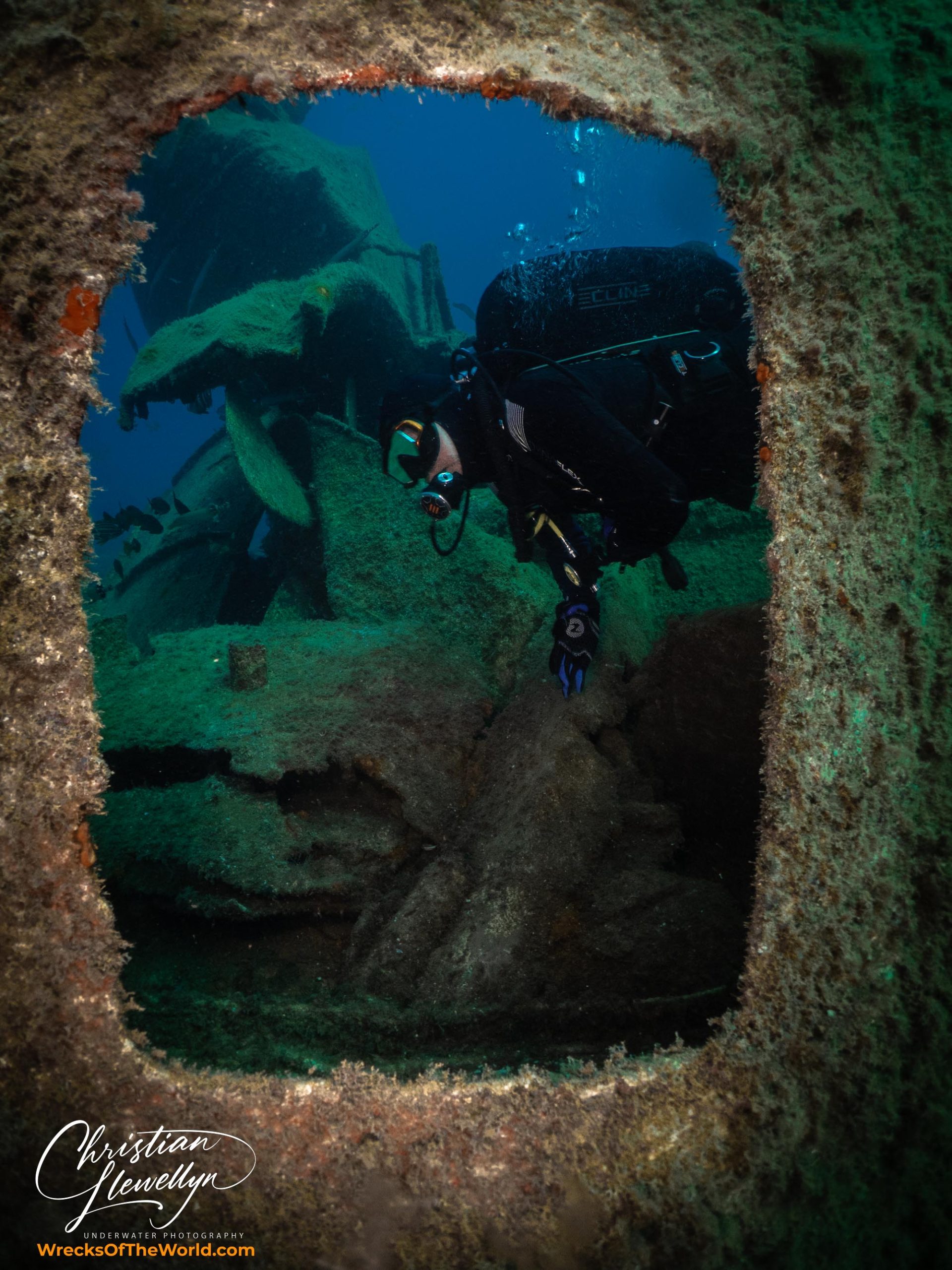
The Story Behind the Cermona II
The Cermona II began its life as a modest fishing vessel, serving diligently without any notable incidents until its transformation into an artificial reef. In a planned move to boost local dive tourism and enhance underwater ecology, it met its deliberate watery descent in 2002 near the scenic shores of Mogán. This effort has since fostered a growing marine sanctuary, making the Cermona II a hub for ecological research and a favored dive site. The sinking process was meticulously managed, ensuring the structure was strategically placed to optimize access for divers and safety for marine inhabitants alike.
Since its intentional sinking, the Cermona II has fast become one of Gran Canaria’s underwater jewels. Discovering this wreck is a dive into a thriving oceanic microcosm, where parrotfish dart among barracudas, and large turtles glide gracefully past clusters of trumpetfish and sea bream. Covered in burgeoning algae, the structure serves as both a shelter and breeding ground for diverse species, including morays, groupers, eels, and octopi. For underwater photographers, the Cermona II offers a dynamic landscape teeming with vibrant life, showcasing the impressive adaptability of marine ecosystems to human-facilitated environments.
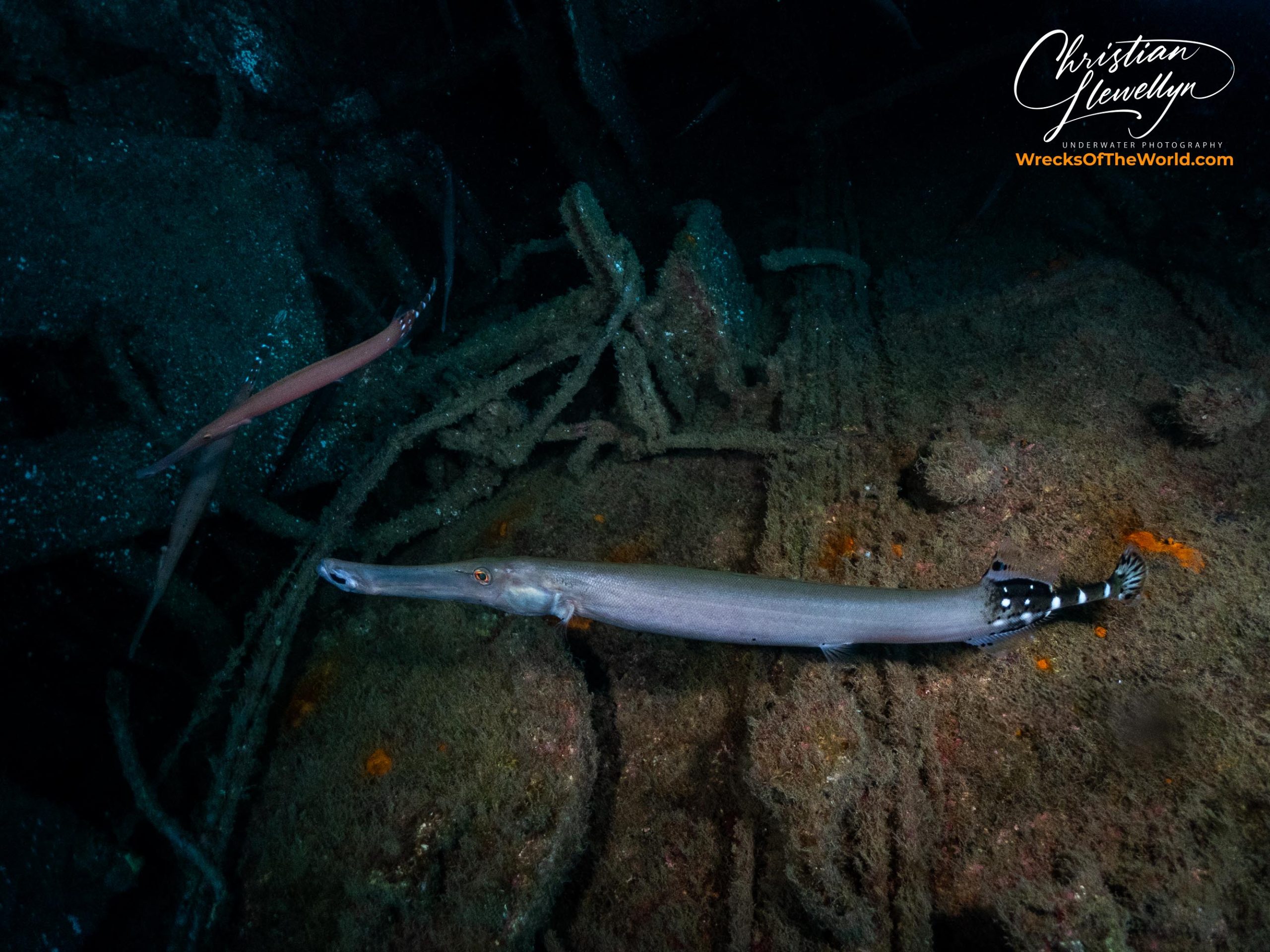
The Stats: Depth, Conditions & Accessibility
12m
Minimum Depth
30m
Maximum Depth
Boat Dive
Dive Type
25m
Visibility
Mar – Nov
Season
22°C - 28°C
Water Temp
Where Is The Cermona II?
ChatGPT said:
The Cermona II shipwreck is located just off the coast of Puerto de Mogán, a charming harbor town on the southwest coast of Gran Canaria in the Canary Islands, Spain. Nestled near the breakwater and close to the Alagranza wreck, the Cermona II rests on a sandy seabed approximately 20 meters deep. This area is known for its calm, clear waters and mild currents, making it one of the most accessible and popular dive sites on the island. The wreck itself was intentionally sunk in 2002 as part of an initiative to boost underwater tourism and now serves as a thriving artificial reef teeming with marine life.
To get to the Cermona II, most travelers arrive via Gran Canaria Airport (LPA), the island’s main international gateway. From there, it’s about a 45-minute drive southwest along the GC-1 motorway to reach Puerto de Mogán. The harbor is home to several reputable dive centers, including Scuba Sur and Delphinus Diving School, which offer guided trips to the wreck. These operators typically launch small boats directly from the marina, and the wreck site is just a short ride offshore. With its proximity to the port and ease of access, the Cermona II is ideal for divers looking for a convenient yet visually rewarding wreck dive.
My Experience Diving The Cermona II

The anticipation was palpable as we prepared for our dive to the Cermona II, a notable wreck site off the coast of Gran Canaria. Our dive company, highly praised for its professionalism and safety, briefed us thoroughly, ensuring we were all set for the adventure ahead. The day was perfect, with mild currents and good visibility which promised an enjoyable underwater experience.
Entry was via a boat, which added to the thrill as we back-rolled into the clear waters. The descent to Cermona II was smooth, allowing ample time to adjust and get comfortable in the underwater surroundings. Swimming through the wreck, the highlights were certainly its varied structures and hidden corners, home to a vibrant array of marine life. The interiors of the wreck were accessible to a degree, offering a fascinating glimpse into its past.
After spending a substantial amount of time around and inside the wreck, our group began the ascent. The journey back was filled with excited chatter about the dive, with everyone sharing their best moments and sightings. Despite some initial challenges with buoyancy control among a few newer divers, the experience was overwhelmingly positive, affirming why Cermona II is such a celebrated dive site in Gran Canaria.
My Experience Photographing the Cermona II
Diving and photographing the Cermona II wreck off Gran Canaria was an exhilarating experience, filled with unique photographic challenges and opportunities. The visibility around the wreck was remarkable, thanks to the clear waters typical of this region, making it possible to capture the sprawling structure of the sunken ship in great detail. I used a Nikon D850 in an Ikelite housing fitted with a wide-angle lens to really bring out the enormity and the eerie beauty of the Cermona II.
My favorite shot from this dive features a curious parrotfish that emerged from the ship’s shadowy nooks just as I was framing a shot of the sunlit portion of the wreck. The contrast between the vivid colors of the fish and the subdued tones of the wreck created a compelling composition that epitomized the dynamic underwater ecosystem. This image not only captures the essence of Cermona II wreck diving but also highlights the thriving marine life that the wreck supports.
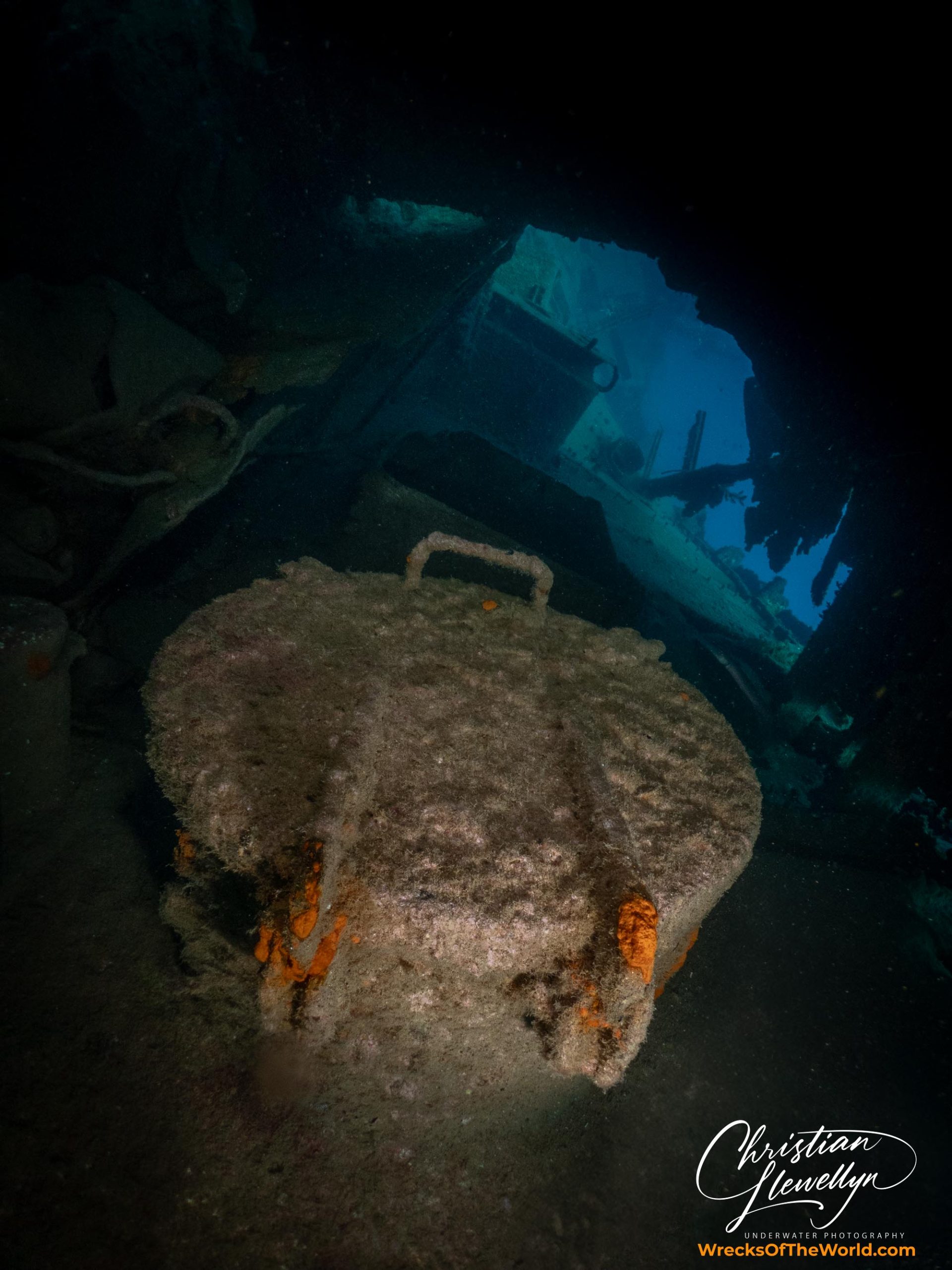
What You’ll See: Wreck Features & Marine Life
The Cermona II wreck, now an artificial reef, is teeming with life. Expect to be greeted by schools of playful parrotfish and the occasional curious turtle. The wreck itself is covered in sponges and anemones, providing a kaleidoscope of color that makes for fantastic underwater photography opportunities. Visibility around the Cermona II is generally good, enhancing the experience of observing the diverse fish life and the detailed structure of the wreck.
For those particularly interested in marine ecosystems, the Cermona II site offers a chance to see how artificial reefs can flourish over time. Each section of the wreck hosts different species, from the glassfish shrouded in the shadowed parts to the vibrant coral formations on the sunlit sides. It’s a dynamic underwater landscape that changes with each dive, always promising something new to discover.

Recommendations for Diving the Cermona II
1. Ensure you have appropriate certification for wreck diving, including specialized training if the wreck involves penetration.
2. Check weather and sea conditions before your dive to ensure they are suitable for a wreck dive.
3. Use a dive guide or buddy familiar with the specific wreck to maximize safety and navigation efficiency.
4. Conduct a thorough pre-dive equipment check, with special attention to your buoyancy control device, regulators, and fins.
5. Plan your dive and dive your plan, including maximum depth and time limits to manage air consumption and no decompression limits effectively.
6. Maintain good communication with your buddy or team through hand signals or underwater communication devices.
7. Bring appropriate lights to explore the darker areas of the wreck and enhance underwater visibility.
8. Be cautious of sharp edges, entanglement hazards, and potential overhead environments inside the wreck.
9. Respect the wreck site by avoiding any actions that might damage the wreck or disturb marine life habitats.
10. Monitor your air supply regularly, keeping an eye on your gauge to ensure enough air for a safe return to the surface including a safety stop.
Tips for Photographing the Cermona II
1. Use a wide-angle lens.
2. Check the natural light conditions.
3. Expect to encounter various marine life.
4. Bring extra lighting equipment.
5. Protect your gear from saltwater.
6. Be patient and wait for the perfect shot.
7. Plan your dives according to the best visibility times.
Practical Dive Info & Booking a Trip
For those looking to explore the Cermona II wreck, local dive operators such as ‘Blue Water Diving’ and ‘Canary Diving Adventures’ come highly recommended. They offer comprehensive dive packages around €70 to €100 depending on dive depth and gear rentals, perfect for both novice and experienced divers. The best time to dive the Cermona II is generally from May to October when the waters are calmest and visibility is at its peak. As you prepare for this dive, remember to respect the aquatic environment by not touching the wreck or the marine life. Such conservation efforts help preserve the site for future divers and maintain the natural habitat for the resident species.
My Rating & Final Thoughts
Diving the Cermona II off the coast of Gran Canaria was a memorable experience, full of breathtaking moments and rich aquatic diversity. The experience was enhanced by an amazing display of marine life that seemed to thrive around the artificial reef structure. Each dive boasted unique sightings from curious parrotfish to gentle turtles, making it a photographer’s paradise and a marine enthusiast’s dream. The accessibility of the site makes it perfect for divers of all skill levels, ensuring that everyone from beginners to seasoned veterans can enjoy the mystical beauty of the Cermona II wreck. For those passionate about underwater photography, this wreck provides countless opportunities to capture the vivid and lively underwater world. The dive perfectly combines adventure with conservation awareness, reminding us of the importance of our oceans’ health.
8/10
Frequently Asked Questions (FAQs)
Conditions around the Cermona II wreck are reasonably stable, with visibility generally ranging from 15 to 30 meters depending on weather conditions. Currents can vary from mild to moderately strong, and it’s recommended that divers are comfortable in varying currents before attempting a dive here.
The ideal months to dive Cermona II are from May to October, during which the water temperatures are warmer and the sea conditions are typically calmer, offering better visibility and overall safer dive conditions.
Divers at Cermona II often encounter a rich array of marine life including schools of barracuda, various species of rays, and occasionally sea turtles. The wreck itself is encrusted with coral providing habitat for small invertebrates.
Diving the Cermona II requires at least an Advanced Open Water certification due to its depth and potential for strong currents. A Deep Diver specialty is also recommended to fully explore the deeper sections safely.
It’s advisable to dive with operators who have extensive experience with wreck diving and knowledge of the Cermona II. Look for operators that offer guided tours of the wreck and prioritize safety, providing briefings on currents and marine life interactions.
A standard wreck diving equipment setup including, a reliable dive computer, a good underwater torch, and a redundant air source such as a pony bottle are recommended for exploring the Cermona II. Considering potential current shifts, a surface marker buoy (SMB) is also essential.
Divers should avoid touching or standing on the wreck and the surrounding coral reefs to prevent damage. It is crucial to control buoyancy and maintain a respectful distance from all marine life to ensure their natural behavior isn’t disrupted.
Not really! Primarily, the ship was sunk for submarine tours.
Divers should always dive within their limits and adhere to dive planning and buddy system protocols. Reviewing emergency procedures, carrying a dive knife, and being prepared for possible strong currents are essential safety measures.
The Cermona II is generally not suitable for beginner divers due to its depth and the possibility of strong currents. It is recommended for divers with at least an Advanced Open Water certification and experience in similar conditions.
Some of the links on this page may be affiliate links. If you click on them and make a purchase, we may earn a small commission at no extra cost to you. This helps us continue our work—thank you for your support!




